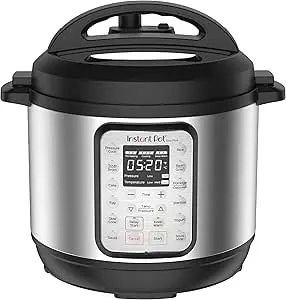Cake Baking Tips, Guides & Kitchen Appliances | Recipe Cake
Explore the latest cake baking tips, expert guides, and kitchen appliance recommendations to enhance your baking skills at Recipe Cake.

Chop, Blend, Create: The Ninja Professional Food Processor Experience
Unleash Your Culinary Creativity with Unmatched Precision

Whip It Good: The KitchenAid Artisan Mixer Revolution
Unleashing Your Baking Potential with Style and Power

Unlocking the Magic of the Instant Pot: Your Kitchen Superhero
Transform Your Meals with Effortless Cooking Techniques